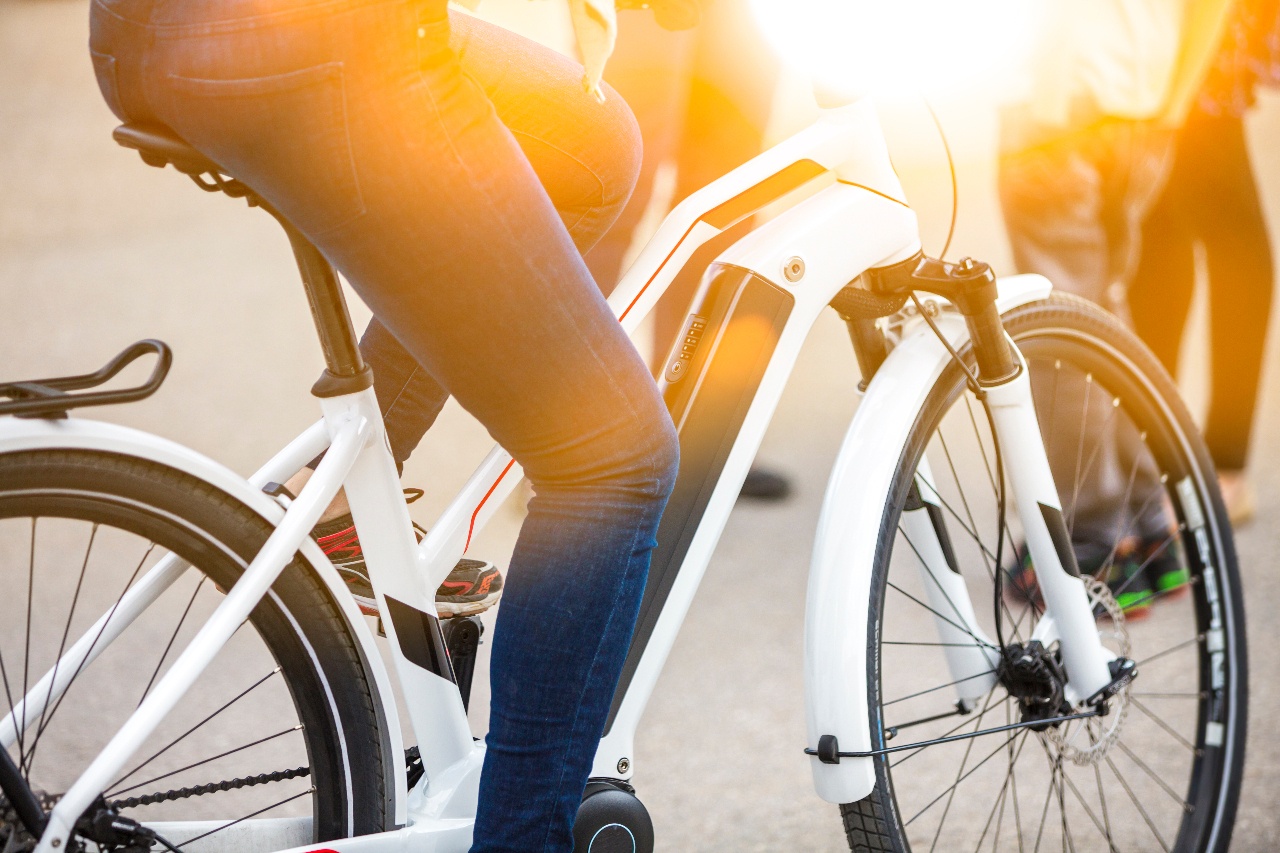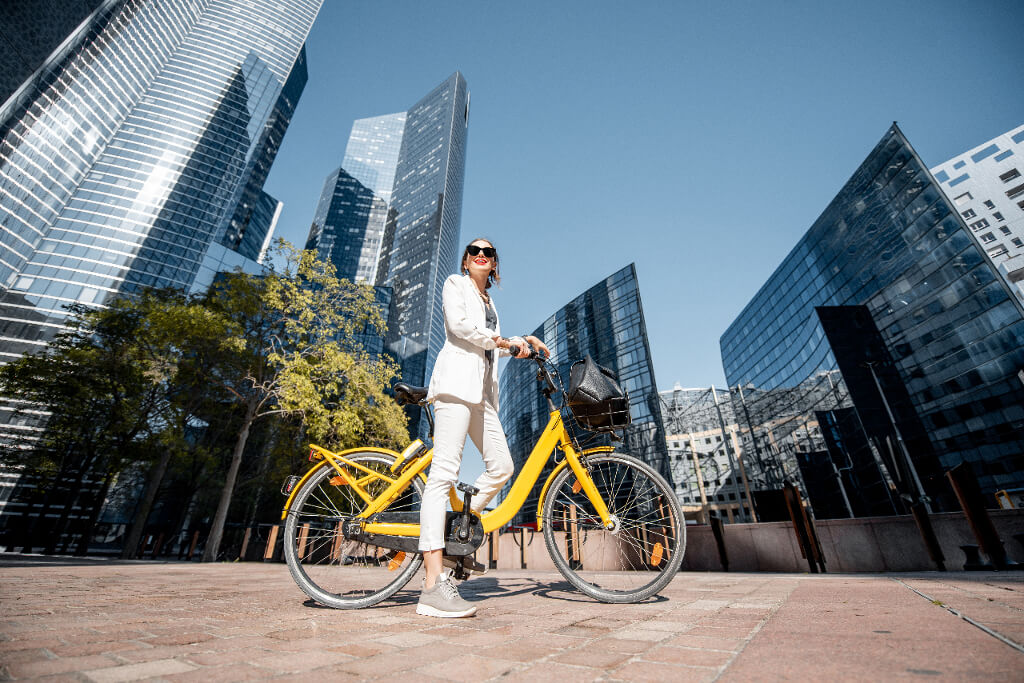Ways e-bike riders get hurt and how to prevent them
| Issue | Fix |
| Cheap component failures. | Research the bike and consider the expense an investment in your future wellbeing. |
| Drivers underestimate e-bikes’ travel speed. | Expect drivers won’t know the difference between a bicycle and an e-bike and will turn in front of you. Appropriate? No. But leave a safety margin to account for it. |
| Bicyclists are not trained motorcyclists. | Consider whether you need an e-bike that can go 28 mph versus a pedal-assist bike that tops out at 20 mph. If the former is absolutely necessary, consider practicing in a parking lot or taking a motorcycle safety course. |
| New riders sometimes hit an overbold phase within the first six months. | Recognize the potential for this and back it off as soon as it surfaces. |
Rider inexperience — with great power comes great responsibility
With apologies to Peter Parker, there’s a typical arc with powered bicycles similar to new motorcycle ownership during the initial six months. First, there’s a cautious period when a rider is new. This bike is zippy, and I should be careful! As a rider develops better appreciation for the cycle’s handling, enthusiasm replaces the cautious period. This is fun! For some, it stops at enthusiasm and life is good. For others, overwhelmingly young men, enthusiasm next transitions to exhilaration. This can go fast! That’s the danger period. The danger period ends one of two ways. One is a heart-palpitating near-miss that resets the rider. The other is a crash.

The best way to reduce the danger period risk is awareness. Know this danger period is a natural progression and recognize it in yourself if it shows up. Back it off when that joyous grin morphs into devilish glee.
Driver surprise — “I didn’t expect a bicyclist to be able to go that fast.”
Versions of the above quote appear in almost every e-bike traffic collision report we’ve seen. To a driver, a bicyclist looks like a bicyclist whether that bicyclist is riding an e-bike or an unpowered bicycle. Many drivers see bicyclists as slow-moving obstacles that impede traffic and are best dealt with by speeding around them, followed by a turn directly in front of the cyclist. There’s a human factors element to this. Our minds are busy places, and our minds rely on past experiences as an efficient way to predict future engagement. If the vast majority of past driver experience with bicyclists is that bicycles travel at roughly 9-13 mph, the driver won’t expect a bicyclist to roll along at 28 mph. The driver thus executes a turn based on past bicyclist behavior instead of actual bicyclist behavior and WHAM! Down goes the cyclist.
Why is driver error part of the wild west e-bike era? Because as more and more e-bikes populate the streets, driver expectations will necessarily be impacted as they experience bicycles traveling at higher speeds. In the interim, expect that drivers won’t recognize an e-bike for what it is and consequently will underestimate the cyclist’s speed. One can reduce collision risk by recognizing this and leaving a cushion to correct for driver error. Should you have to do this? Absolutely not. Do you have more to lose than a driver? Absolutely.
E-bikes are a tremendous opportunity to reapproach how we use our streets, improve our quality of life, and reduce our environmental impact. We’ll work through the wild west era and come out the other side. In the meantime, enjoy the ride and exercise caution while the kinks get worked out.
E-bike class designations
While states can vary, generally Class I, II and III e-bikes are defined under industry-sponsored model legislation that has been enacted throughout the United States. The following definitions are taken from California’s enactment of the model legislation:
Class I e-bike: low-speed pedal-assisted bicycle
- Equipped with a motor
- Provides assistance only when the cyclist is pedaling
- Ceases providing assistance once a bike reaches 20 mph
- All ages are allowed to operate
- Are legal on any paved surface a regular bicycle is allowed to operate
- Not in the statute (but common courtesy): slow around nonmotorized bikes, joggers, and walkers, and don’t do close passes
Class II e-bike: low-speed throttle-assisted bicycle
- Equipped with a motor
- Can exclusively propel the bike with a throttle control (without pedaling)
- Ceases providing assistance once a bike reaches 20 mph
- All ages are allowed to operate
- Are legal on any paved surface a regular bicycle is allowed to operate
- Not in the statute (but common courtesy): slow around nonmotorized bikes, joggers, and walkers, and don’t do close passes
Class III e-bike: speed throttle-assisted bicycle
- Equipped with a motor
- Provides assistance only while the cyclist is pedaling
- Ceases providing assistance once a bike reaches 28 mph
- Rider must be 16 years old or older
- Must wear a helmet to operate
- Are not allowed on Class I bike paths but are allowed in all other bikes lanes
- Not in the statute (but common courtesy): slow around nonmotorized bikes, joggers, and walkers, and don’t do close passes
Have you or someone you know been involved in a bicycle crash? Curious about your rights? Are you a lawyer handling a bicycle crash who wants more information on how to get the best result for your client? Contact Bicycle Law at (866) 835-6529 or info@bicyclelaw.com.
Bicycle Law’s Bob Mionske is licensed to practice in Oregon, its affiliate Coopers LLP has lawyers licensed in California, and either can affiliate with local counsel on bicycle cases across the country to make sure cyclists get the benefit of lawyers who focus on the issues specific to bicycle incidents.
E-bike class designations
While states can vary, generally Class I, II and III e-bikes are defined under industry-sponsored model legislation that has been enacted throughout the United States. The following definitions are taken from California’s enactment of the model legislation:
Class I e-bike: low-speed pedal-assisted bicycle
- Equipped with a motor
- Provides assistance only when the cyclist is pedaling
- Ceases providing assistance once a bike reaches 20 mph
- All ages are allowed to operate
- Are legal on any paved surface a regular bicycle is allowed to operate
- Not in the statute (but common courtesy): slow around nonmotorized bikes, joggers, and walkers, and don’t do close passes
Class II e-bike: low-speed throttle-assisted bicycle
- Equipped with a motor
- Can exclusively propel the bike with a throttle control (without pedaling)
- Ceases providing assistance once a bike reaches 20 mph
- All ages are allowed to operate
- Are legal on any paved surface a regular bicycle is allowed to operate
- Not in the statute (but common courtesy): slow around nonmotorized bikes, joggers, and walkers, and don’t do close passes
Class III e-bike: speed throttle-assisted bicycle
- Equipped with a motor
- Provides assistance only while the cyclist is pedaling
- Ceases providing assistance once a bike reaches 28 mph
- Rider must be 16 years old or older
- Must wear a helmet to operate
- Are not allowed on Class I bike paths but are allowed in all other bikes lanes
- Not in the statute (but common courtesy): slow around nonmotorized bikes, joggers, and walkers, and don’t do close passes

